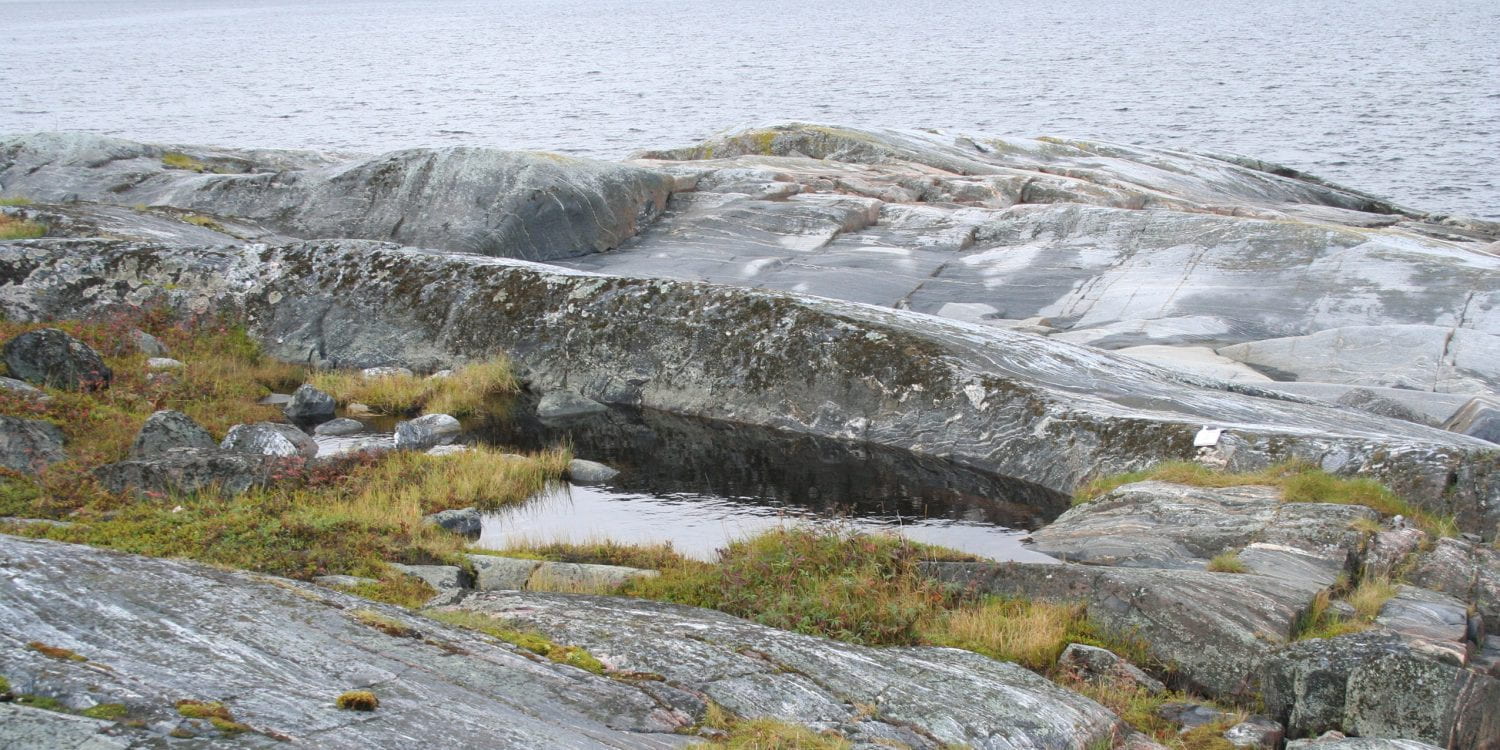Papers that were discussed in this week’s lab meeting.
Kenny:
Ebert, D., Joachim Carius, H., Little, T., & Decaestecker, E. (2004). The Evolution of Virulence When Parasites Cause Host Castration and Gigantism. The American Naturalist, 164(S5), S19-S32. doi:10.1086/424606
Swatantra:
Akbar S, Du J, Jia Y, Tian X (2017) The importance of calcium in improving resistance of Daphnia to Microcystis. PLOS ONE 12(4): e0175881.https://doi.org/10.1371/journal.pone.0175881
Trung:
Bodar, C. W. M., Van Leeuwen, C. J., Voogt, P. A. & Zandee, D. I. Effect of cadmium on the reproduction strategy of Daphnia magna. Aquatic Toxicology 12, 301–309 (1988).
Comments from Trung: This paper is super old, and it’s more of an ecological paper, but it was useful since it had lots of information relevant for starting a cadmium experiment. First, Fig. 1 shows the survivorship curves of daphnia with respect to time and concentration of Cd. If we want to expose daphnia to it Cd as neonates, then it is important to choose a concentration that won’t kill a significant number of male daphnia before their reproductive age. Second, this paper exposed the daphnia to Cd for the longest amount of time (25 days) of all the papers I read so far. Their methods contain a few tips that’ll help avoid potential pitfalls for long term Cd exposure.
Sen:
Eme, L., Trilles, A., Moreira, D., & Brochier-Armanet, C. (2011). The phylogenomic analysis of the anaphase promoting complex and its targets points to complex and modern-like control of the cell cycle in the last common ancestor of eukaryotes. BMC evolutionary biology, 11(1), 265.
Marelize:
Asselman, J., De Coninck, D. I., Pfrender, M. E., & De Schamphelaere, K. A. (2016). Gene body methylation patterns in Daphnia are associated with gene family size. Genome biology and evolution, 8(4), 1185-1196.
